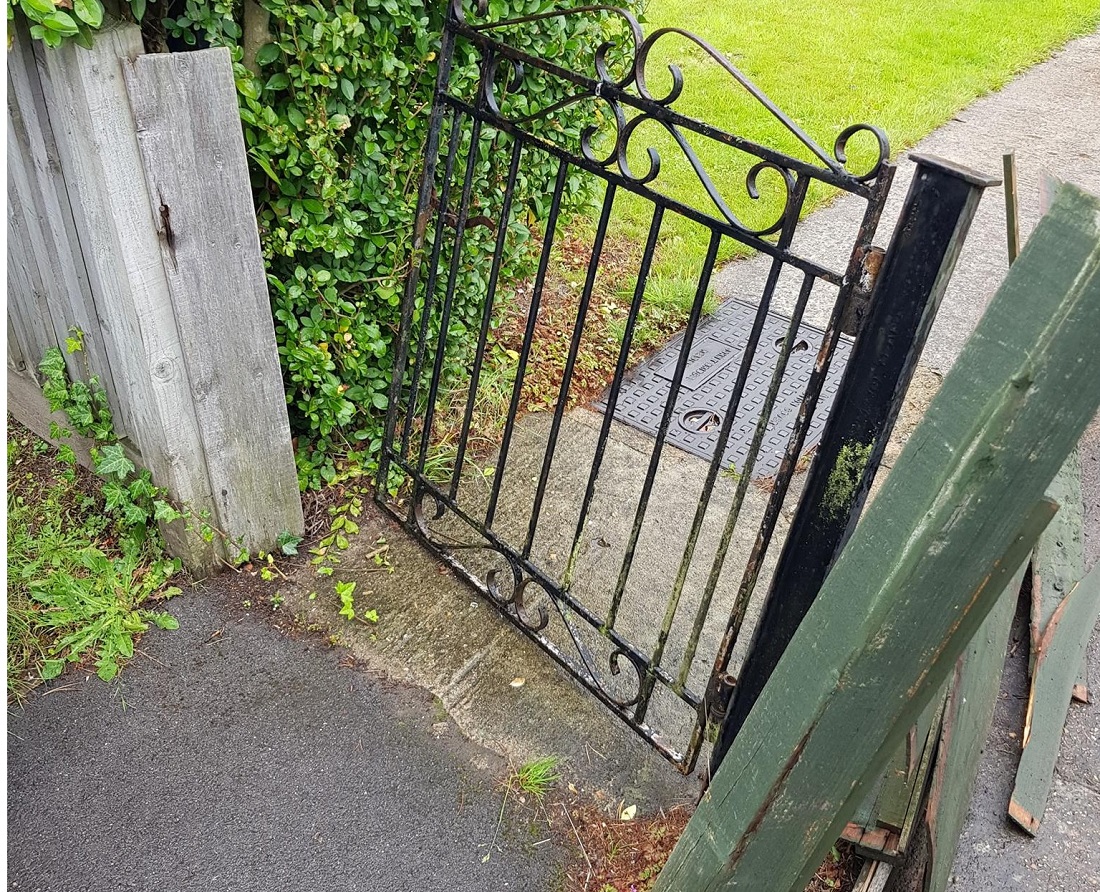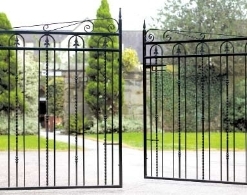Periodic Gate Inspection Checklist
For your gate to function correctly and remain safe, we recommend that you carry out our periodic inspections. Doing so will extend its lifespan, ensure proper functionality, and maintain the security of your property. To better understand what this involves, we have created a helpful guide to provide you with a list of areas to look at, and any potential problems you may encounter that could indicate damage.
Periodic Inspection
Weekly
- Listen for Noises: Your gate should swing freely and smoothly and be relatively silent as it is opened and closed. If you encounter any unusual noises, such as squeaking, grinding, or banging, this could indicate an underlying issue.
- Check for Missing or Damaged Components: Look for missing fixings such as screws, bolts or other similar items that may hinder the correct movement of the gate.
Monthly Checks
- Look for Signs of Rust & Corrosion: Inspect the exposed surfaces of the gate and look for signs of rust and corrosion. Spotting this early will make it easier to rectify the issue before the problem worsens.
- Search for Wear and Tear: We recommend that you look at the paint finish of the gate to check for chips, surface scratches, and scuffs. If you discover any missing paint, a quick touch-up will keep the water out and prevent the onset of rust.
- Ensure Smooth Operation: Slowly open the gate and ensure it swings smoothly. It should not stick or be out of alignment. If the gate is difficult to move, lubricate the hinges and latch.
Quarterly Checks
- Examine for Structural Integrity: To ensure the gate remains well supported, you should check the hinges are securely fixed to the masonry. It is also advisable to check the general condition of the masonry to ensure it has not sustained any damage that could lead to the gate falling. If metal posts have been used, check these elements for any damage or rust, as any issue with the parts can lead to sagging, misalignment or a total collapse, which could result in serious injury.
- Check the Locking Mechanisms: Inspect and test the locking mechanism (if one is installed) or the latch to ensure they are functioning correctly. Further investigation will be necessary if the lock is stiff or does not work. Where the latch sticks, apply a lubricant.
Indicators of Damage Requiring Repair or Replacement

Excessive Rust or Corrosion
Although it is quite easy to manage and treat small rust spots before the problem gets any worse, extensive corrosion will, over time, compromise the structural integrity of the gate. If the issue is allowed to exacerbate, a professional repair or a replacement may become the only viable course of action.
Sagging
If the gate sags or does not sit level in the opening, you can make adjustments to the hinges to resolve this issue. However, if the problem persists after making these adjustments, it will require further investigation as repair work or replacement is likely needed.
Locking Mechanism Fault
When a lock or latch jams, it is difficult to operate and may also prevent access through the entrance itself. If you experience any issues with either of these elements and simple lubrication does not resolve the issue, then consider a professional repair or replacement of the gate in its entirety.
Wear and Tear
It is impossible to prevent scratches, dents, and paint chips, and these will undoubtedly appear at some point over time. A fresh coat of paint is the most affordable solution to resolve this issue. However, if the overall condition of the framework, hinges or other integral elements deteriorated to such an extent that repairs are not possible, then installing a new gate will be the most viable solution.
Persistent Noises
If you have lubricated the moving parts and still encounter persistent noises when the gate opens and closes, it would suggest a deeper mechanical issue such as bent hinges, post collapsing or a framework that has become twisted.
Damage to Structural Supports
If gate posts or the support structure have significant damage or corrosion, it is essential that you carry out prompt repairs. Failure to do so will mean that the overall stability of the gate will be compromised.



